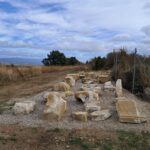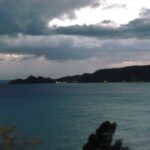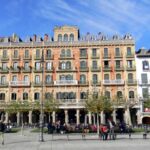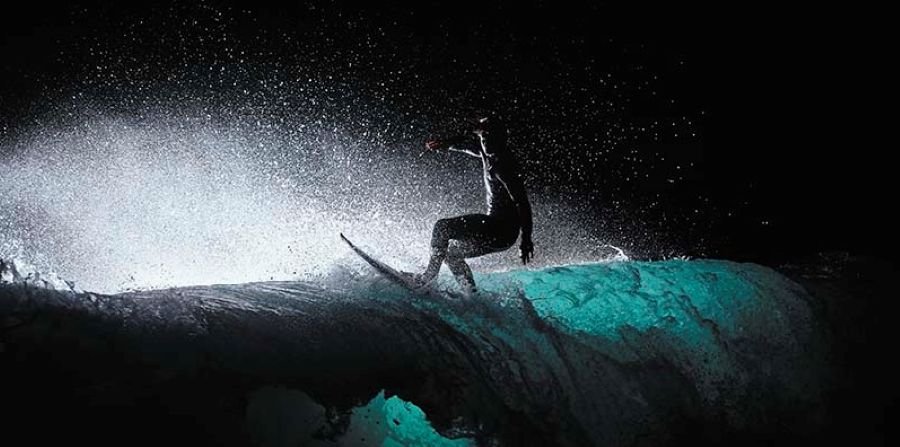(Photo Review, 10/03/2025) – Western Australian surf and surfing photographer Russell Ord has been riding a wave of heightened creativity ever since he was startled by… a white tiger.
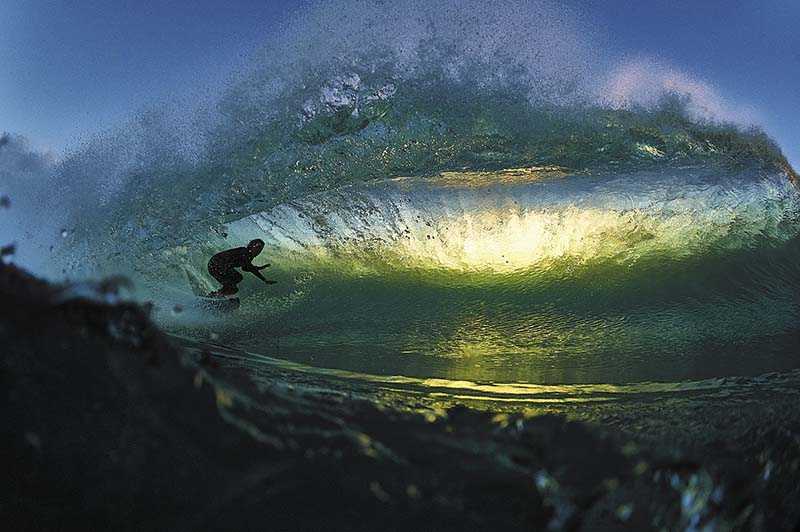
Jacob Wilcox
You’ve built up a strong international reputation for surfing and other coastal photography over nearly 20 years. What have you been working on lately?
I’ve moved away from the regular surfing stuff to a certain extent because it’s such a flooded market. There’s an incredible amount of content out there for clients to choose from.
My main surf-related work at the moment is for Coastlines, a New Zealand wetsuit brand. I’ve been working for them for five years, and they purchased The Surfboard Warehouse a couple of years ago. Normally that would involve about four international trips a year to wherever they want me to go and a handful around NZ. I travel with two or three of their team riders and a videographer for maybe a couple of weeks to get surfing and lifestyle photos they can choose from for marketing their latest products. Of course, that sort of travel has been disrupted lately.
I’m also about to do a campaign for YETI Coolers. It’s the work I love – outdoor, story-based, using talented people who suit their brand, rather than, say, big-name athletes.
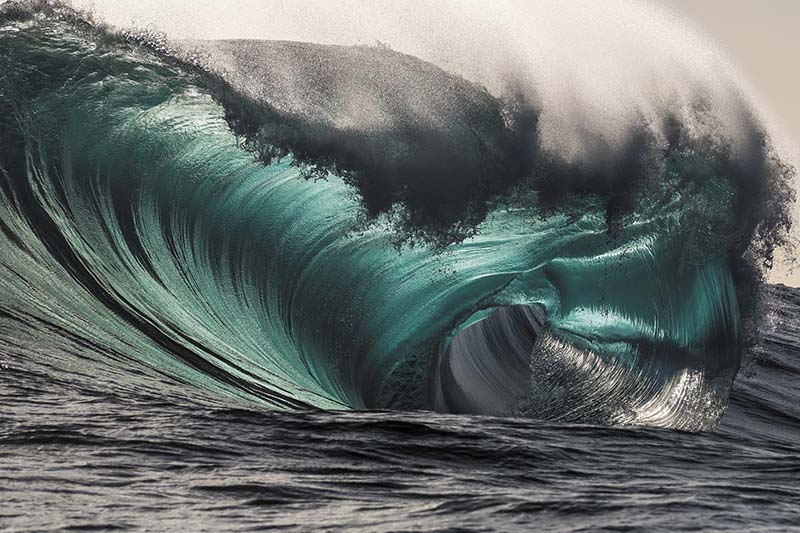
Teeth
Is doing your surfing lifestyle photography in New Zealand any different from in Australia?
I love going to NZ. If you explore, you can still find spots down winding roads and tracks with absolutely no-one else around. Going around NZ with my family, I’ve paddled down rivers, through farmland, to find out if there are good waves at the end. Surf on your own for a few hours, paddle back. It’s amazing.
Also, the light’s softer throughout the whole day in NZ, and it doesn’t matter if it’s cold, grey and gloomy. That’s the look the brand wants for selling wetsuits.
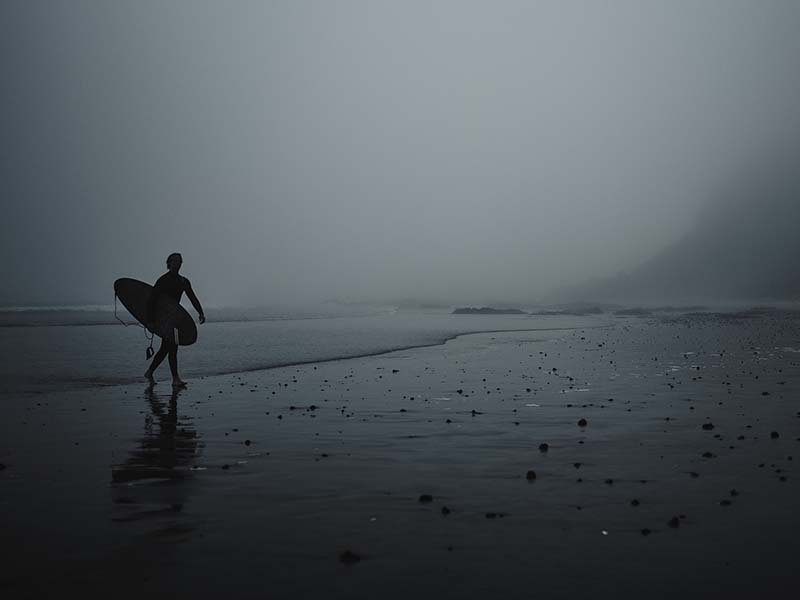
Kalani Ord, NZ
How did you get started in surf photography?
I grew up in Perth, and rugby league was my first passion. When I was 24, I moved with my wife down to Margs [Margaret River] to surf, and injured my knee. Rather than do a lot of sitting around, I started taking photos of my mates.
Photography was like an apprenticeship, trying to be as good as I could, learning mostly by mistakes. It wasn’t until I got a waterproof housing for my camera and got immersed in water that I had that really exultant feeling of freedom. Then I started shooting crazy waves – ‘slabs’ – and because that was new to the magazines, it was far easier to get published and recognised. They were pre-social media days, remember.
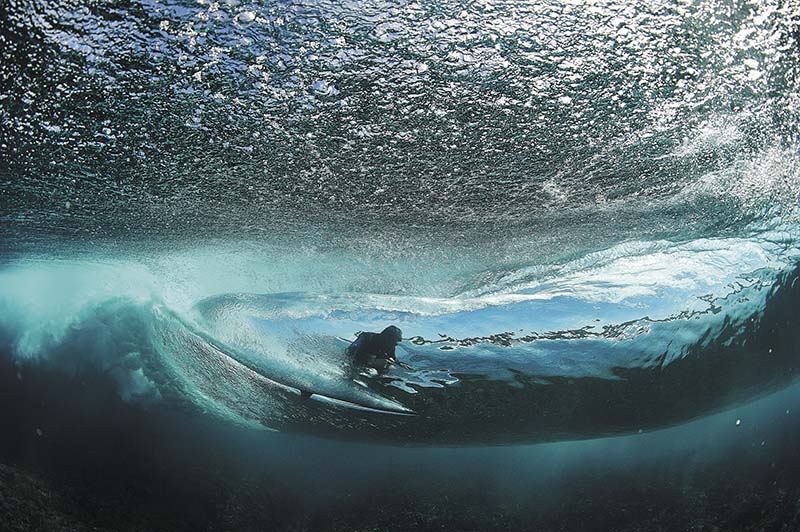
Single Voyage
Speaking of effort, do you travel with a lot of equipment?
If I need to shoot surf and a lot of fast-moving action such as surfing, I’ll take my Fuji X-series gear and three or four lenses that fit in my AquaTech water housings.
If the client wants to use it for billboards and they don’t mind me missing a few things, I’ll take my medium format Fujifilm GFX100 gear. If I’m shooting medium format from the beach, I’ll use a 250mm with the 1.4 teleconverter. The camera has a 100-megapixel image sensor, so if I’m a touch too far back, I can crop it in half and it still looks amazing. In the water, I have 23mm and 110mm lenses for the GFX cased in a Dave Kelly housing.
My latest challenge is shooting surfing/ocean with medium format and flash. I get my son to hold the flash in the water while I’m on the beach or swimming alongside him. I use a Godox AD200 flash in a housing I got made for it, which is far more powerful than a normal on-camera flash. It definitely lights things up, but it’s not easy. You need the right surf conditions, when the sun’s gone down, with someone who likes surfing and swimming in the dark.








